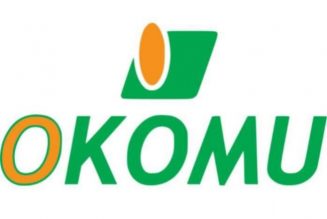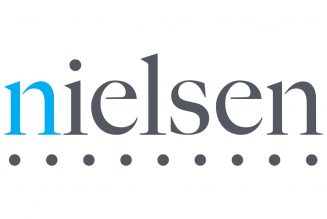Companies
Bank loan rates increase to highest level in 52 months
Wednesday March 01 2023
The Central Bank of Kenya in Nairobi. FILE PHOTO | NMG
The cost of bank loans hit a 52-month high in December in the wake of the Central Bank of Kenya (CBK) rate hikes and rising yields on government paper.
Data from the CBK show the average lending rate rose to 12.67 percent in December from 12.22 percent in May last year when the banking regulator first raised rates in nearly seven years.
This is the highest average lending rate since August 2018 when it stood at 12.78 percent in what could hobble corporate investment and put home loans and other loans out of reach of many individuals.
The lenders are reacting to the CBK’s decision of September 29 that raised the benchmark interest rate by 75 basis points to 8.25 percent to anchor inflation expectations. The benchmark rate now stands at 8.75 percent.
Rates on government paper, especially Treasury bills that influence the costs of savings, have also increased the State’s appetite for domestic borrowing.
The 91-day T-bill is close to breaching the 10 percent mark and has risen to the current high of 9.65 percent, from an average of 7.8 percent in June last year.
Bankers say that rising rates on government debt securities are forcing banks to return on large-scale deposits from cash-rich firms and high-net-worth investors like pension schemes.
This ultimately increases the pressure on lending rates because deposits from large savers influence the pricing of loans.
“This is due to the opportunity cost of lending. Banks have heard to balance between lending to the government and to households and individuals and have attached a higher risk to private sector lending,” noted a banking sector analyst.
Read: Banks rates rise sparks loans buyoff by saccos
Banks use a base rate, which is normally the cost of funds plus a margin and a risk premium, to determine how much they charge a particular customer.
They are now reviewing base rates and many have applied to the CBK to revise upwards the risk premium in what could end the era of cheap credit.
The costly credit emerges in a period when the economy is witnessing increased demand for loans amid the recovery from Covid-19 economic hardships, further putting pressure on lending rates.
Fixed deposit rates increased to 7.17 percent in December from 6.62 percent in June 2022 while returns on current and savings accounts rose marginally.
“Current and savings accounts are largely transactional and as such, the incentive has not been strong enough to force banks to raise the return in tandem with rising lending and deposit rates,” said Solomon Kariuki, a research analyst at AIB-AXYS Africa brokerage.
The CBK data show banks posted a 25.3 percent rise in profit before tax last year to Sh244.1 billion from Sh194.8 billion, with gross loans expanding by 13.2 percent in the period to Sh3.677 trillion.
This has set the market for a dividend boom. Kenyan banks have reported rising profits in the last decade, attracting foreign investors.
Read: Banks hit big companies with higher interest rates
The higher cost of loans risks locking out businesses from accessing the credit they need for expansion and in turn, limit their ability to create more jobs.









